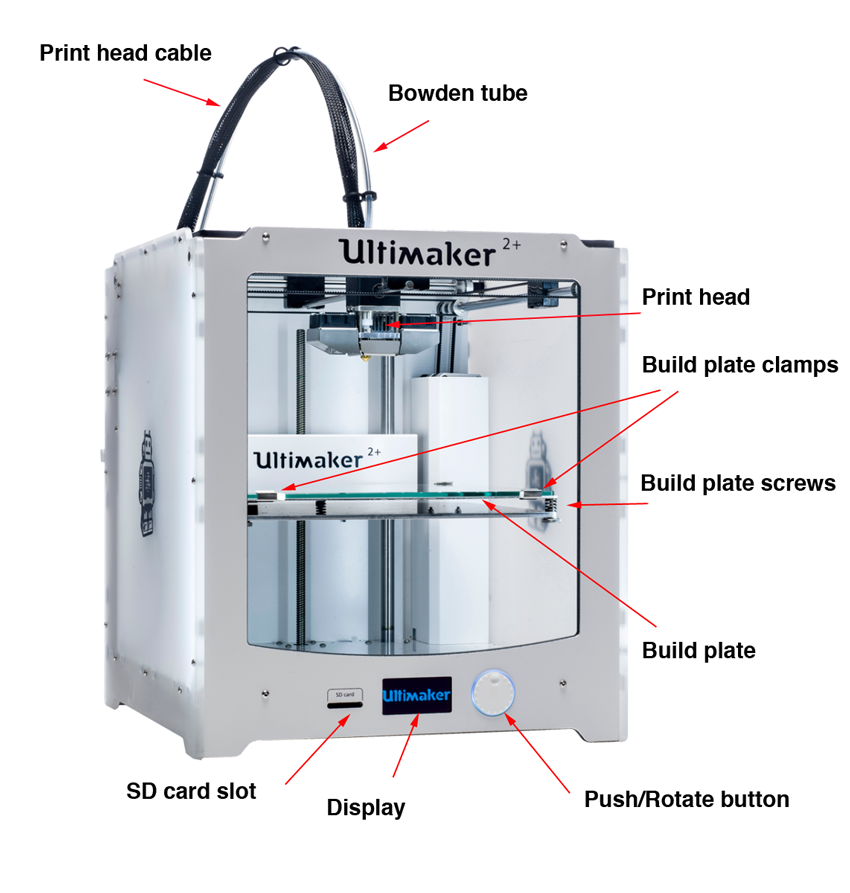
You have two options for the overall structure of the supports. These options can be useful when you need stronger supports for certain sections of the print, or if you just want the interface of the supports to be easily removed. You can also sub-divide the extruder assignment into separate sections: You can designate a “support extruder” in Cura. This is a very common strategy that makes support removal a lot easier by using soluble filament material such as HIPS or PVA. If you have a dual-extruder 3D printer, you can designate one extruder to print the support structures. To start creating supports, just scroll down to Support Settings and click “Generate Support.” Printing supports with a dual-extruder 3D printer The first thing to do upon opening Cura is to go to “Print Settings,” click “Custom,” select “Configure Setting Visibility,” and “Check All.” This will give you access to settings that would otherwise have been hidden. You can play it safe by using lots of supports or very gradually optimize your support settings by making several small changes. Both the maximum angle and bridge rules can shift depending on the filament you are using, your slicer settings, and your 3D printer. Keep in mind that these are not hard and fast rules.

These are features that do not have enough reinforcing material underneath them to support their weight. When designs for 3D printing get fancy or complex, they will typically end up with overhang features or bridges. In this article, we will go through all the options in Cura one by one.

Optimizing your supports to make them less wasteful and easier to remove will involve developing a deep understanding of all the customization tools that your slicer offers. You can customize where support structures will be placed, their shape and density, and even whether they will be printed using a second extruder. However, there are ways to tweak the slicer settings in Cura to make support structures less obtrusive while still retaining their benefits.Ĭura offers a wide range of options for optimizing the support structures in your 3D print. They increase printing time, use up more filament, and can be tough to remove. Support structures have often been described as a ‘necessary evil’ in 3D printing. 3D Insider is ad supported and earns money from clicks, commissions from sales, and other ways.


 0 kommentar(er)
0 kommentar(er)
